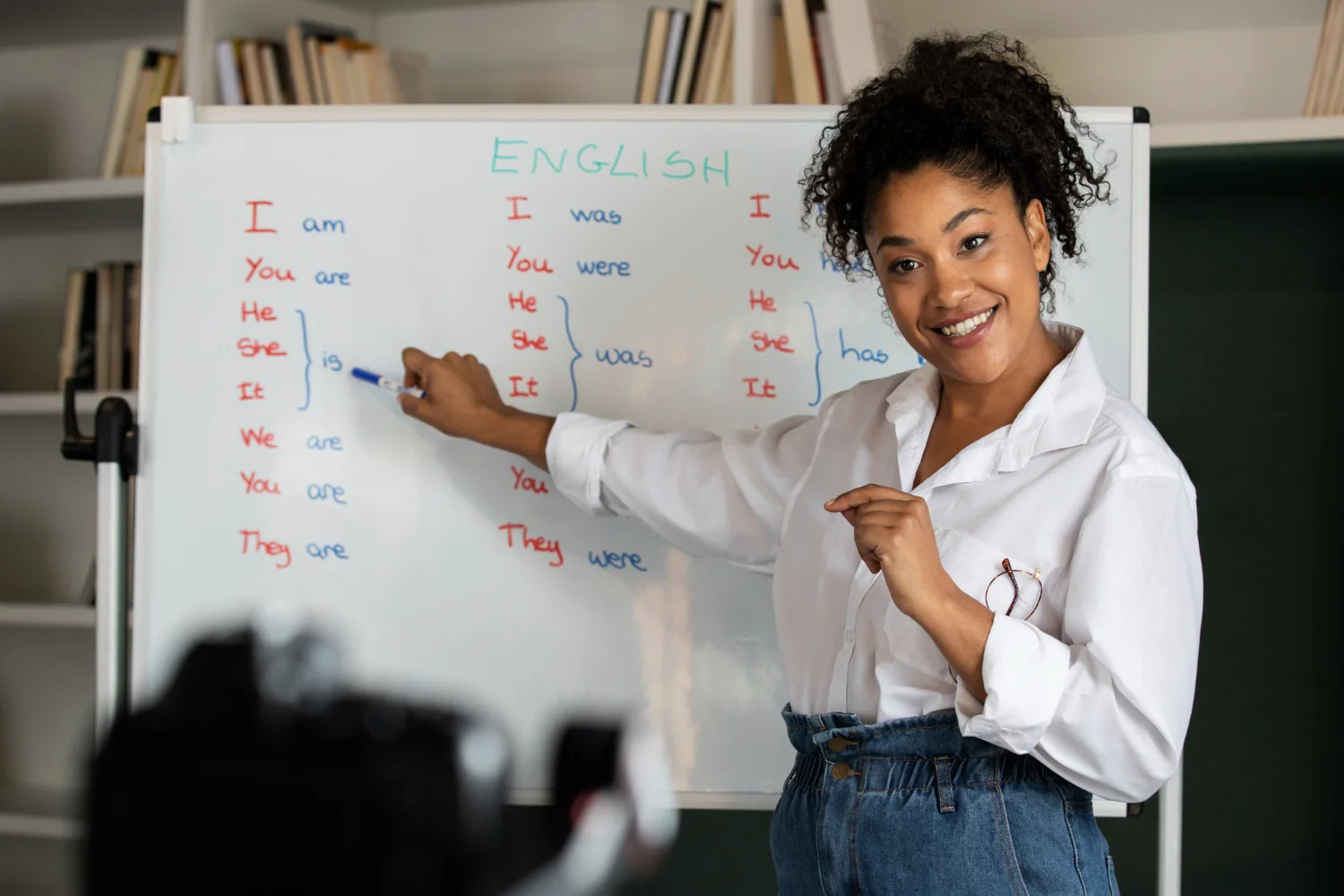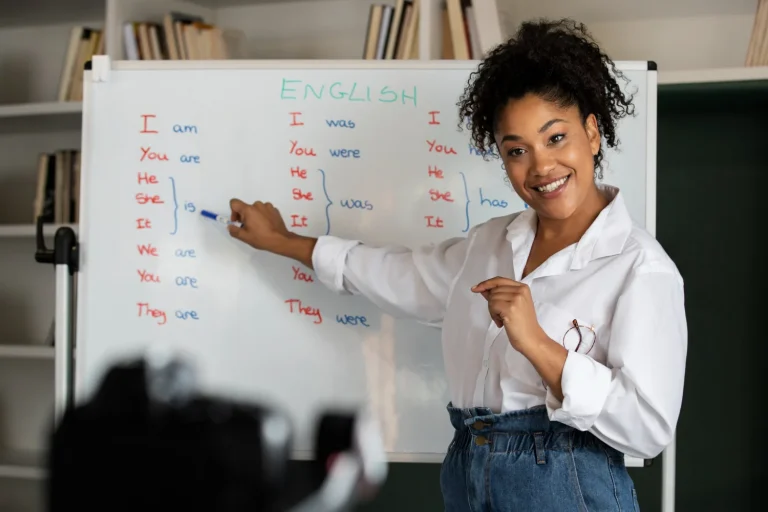Teachers need to develop strong leadership skills to effectively manage their classrooms, influence school culture, and foster a positive learning environment.
Let’s explore the essential leadership skills every teacher should cultivate to truly make a difference in the lives of their students. For more resources and support on enhancing teacher leadership, visit teacherleaders.org.
Good Communication
Good communication is at the heart of effective teaching and leadership. Teachers must communicate clearly and effectively with students, parents, and colleagues. This includes not only conveying information but also listening and understanding others’ perspectives.
A great teacher-leader can break down complex ideas, provide constructive feedback, and create an open dialogue that encourages participation and collaboration.
Tips for Improving Communication
- Be clear and concise ─ Avoid jargon and overly complex language.
- Active listening ─ Show genuine interest in what others are saying.
- Non-verbal cues ─ Pay attention to body language, facial expressions, and tone of voice.
Empathy

Empathy allows teachers to connect with their students, understand their emotions, and respond appropriately. This skill helps in creating a supportive and inclusive classroom environment where all students feel valued and understood. Empathetic teachers can identify and address the unique needs of each student, whether they’re struggling academically or personally.
Ways to Cultivate Empathy
- Listen to understand, not just to respond.
- Be approachable. Create a safe space for students to share their thoughts and feelings.
- Use your experiences to relate to and understand your students.
Adaptability
The educational landscape is constantly evolving, and teachers must be adaptable to new teaching methods, technologies, and curriculum changes. Adaptability also involves being flexible with students’ varying needs and learning styles.
Continuously assess what works and what doesn’t, and be willing to make changes.
Problem-Solving
In any classroom, challenges and conflicts are bound to arise. Effective teacher-leaders are skilled problem-solvers who can address issues calmly and constructively.
Problem-Solving Techniques
- Clearly define the issue at hand.
- Brainstorm possible solutions and evaluate their pros and cons.
- Choose the best solution, implement it, and reflect on the outcome.
Visionary Thinking ─ Seeing the Bigger Picture

Great teacher-leaders have a clear vision for their classroom and students’ future. They set high expectations, create a roadmap for success, and inspire students to reach their full potential.
Visionary thinking involves setting goals, both short-term and long-term, and motivating students to achieve them. It’s about seeing beyond the day-to-day tasks and working towards a larger purpose.
Define what success looks like for your classroom. Share your vision with students and encourage them to strive for excellence. Regularly assess progress towards your goals and make necessary adjustments.
Emotional Intelligence
High EI allows teachers to maintain a calm and positive classroom environment, handle stress effectively, and build strong relationships with students and colleagues. Teacher-leaders with high EI can navigate complex emotional situations with ease and foster a positive school culture.
Recognize your emotional triggers and responses. Manage your emotions in stressful situations. Build strong, healthy relationships with students and colleagues.
Confidence

Teachers must have confidence in their abilities to teach, manage a classroom, and make decisions. Confident teacher-leaders are more likely to take initiative, embrace challenges, and inspire confidence in their students.
Boosting Your Confidence
- Recognize and celebrate your achievements.
- View mistakes as opportunities for growth.
- Ask for constructive feedback from colleagues and use it to improve.
Conclusion
Leadership in teaching goes beyond delivering content and managing a classroom. It involves a combination of skills that inspire, guide, and support students and colleagues. While reading education journals can provide valuable insights, it’s the application of these skills in the classroom that truly makes a difference.

